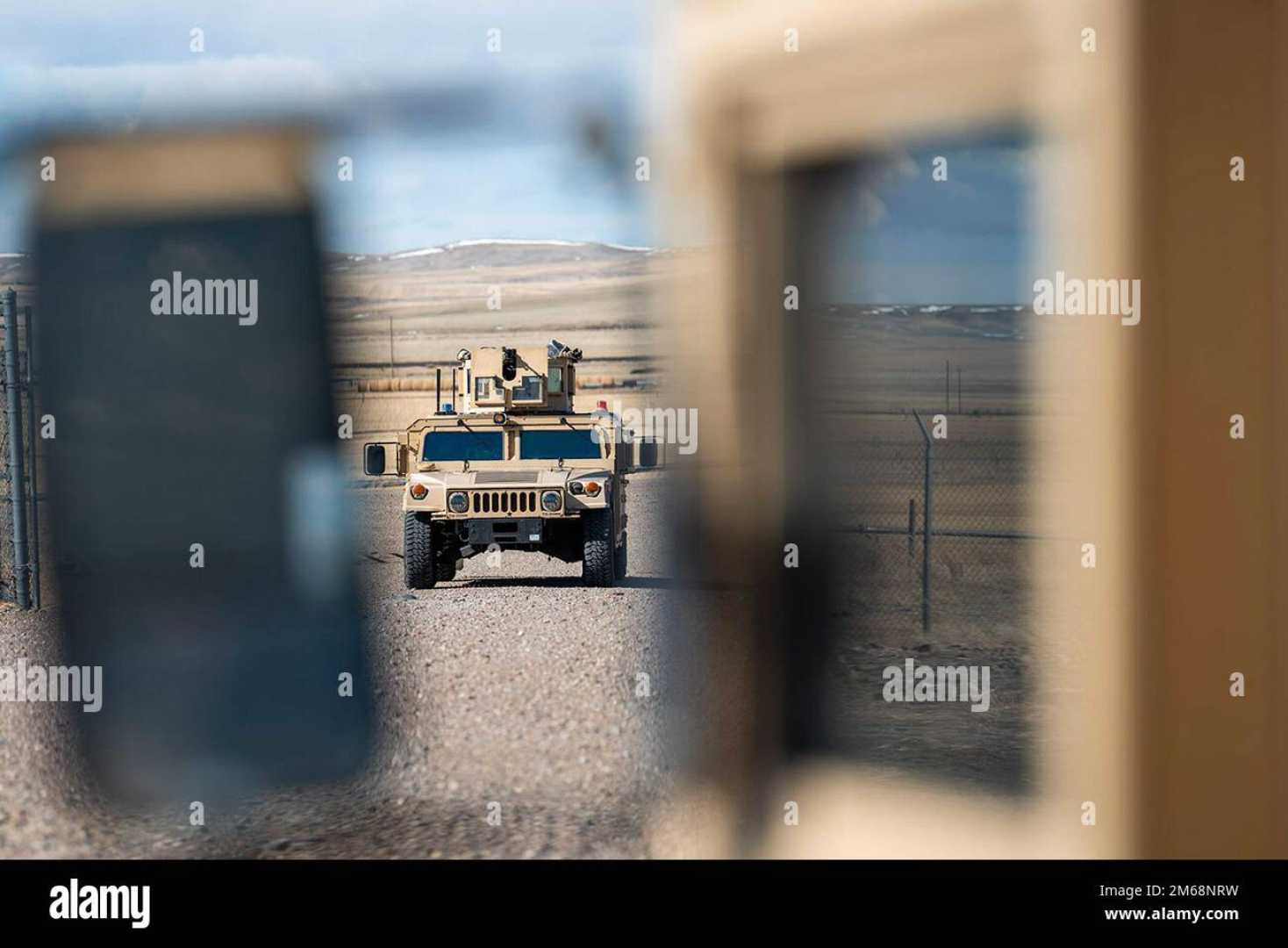News
Army Transforms Structure Amid New Defense Priorities

Washington, D.C. — The U.S. Army is set to enact significant structural changes following a directive from Defense Secretary Pete Hegseth. The memo, published on Wednesday, orders a transformation aimed at eliminating outdated programs and consolidating several Army commands.
Hegseth instructed Army Secretary Dan Driscoll to streamline operations, cut waste, and modernize the Army’s force structure. He emphasized the need to rebuild the Army and reestablish deterrence, stating, “To build a leaner, more lethal force, the Army must transform at an accelerated pace.”
The memorandum outlines a strategy that prioritizes long-range precision fires and missile defense systems. It suggests merging Forces Command with U.S. Army North and U.S. Army South to form the new “Western Hemisphere Command.” The Army also plans to combine Army Futures Command, responsible for developing modernization requirements, with the Training and Doctrine Command.
These recommendations seek to expedite the Army’s modernization efforts, initiated during former President Donald Trump’s administration. The Army Futures Command, established in 2018, aimed to enhance development speed by focusing solely on requirements while relocating its base to Austin, Texas.
In his letter to the Army, Driscoll mentioned plans to reduce the workforce by 1,000 headquarters staff positions. The directive also includes restructuring support capabilities and merging headquarters to boost combat readiness, as well as transitioning from manned helicopters to drone systems for various operational roles.
To increase mobility and effectiveness, the Army plans to convert Infantry Brigade Combat Teams to Mobile Brigade Combat Teams. Hegseth’s memo points to the need for cutting back on manned aircraft and older UAVs, including the Gray Eagle drone, as part of its modernization strategy.
By 2027, the Army aims to employ advanced systems capable of striking land and maritime targets. Additionally, every division will have unmanned aerial support capabilities by the end of 2026, with full operational capabilities expected by 2028.
Emphasizing a focus on the Indo-Pacific region, the memo also outlines plans to expand pre-positioned stocks and conduct joint exercises with international partners. The Army’s transformation initiative builds upon previous efforts and aims to fast-track the acquisition processes for key advancements, including unmanned systems and updated armored vehicles.
“This is a first step,” Driscoll remarked, indicating further transformation efforts will follow shortly.












